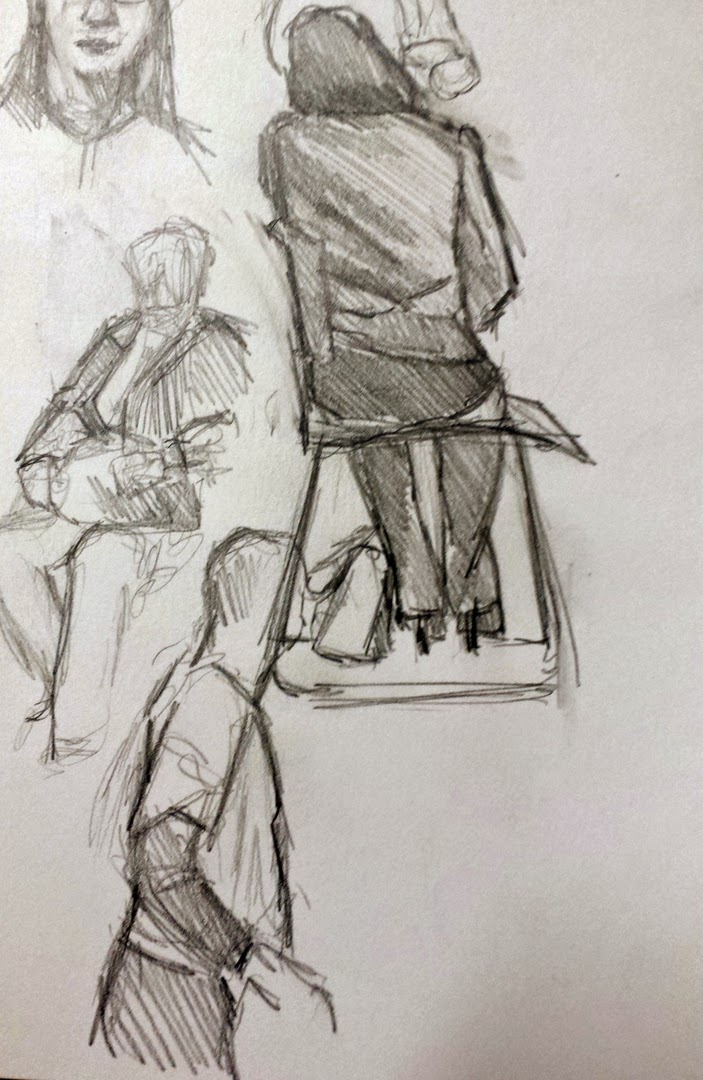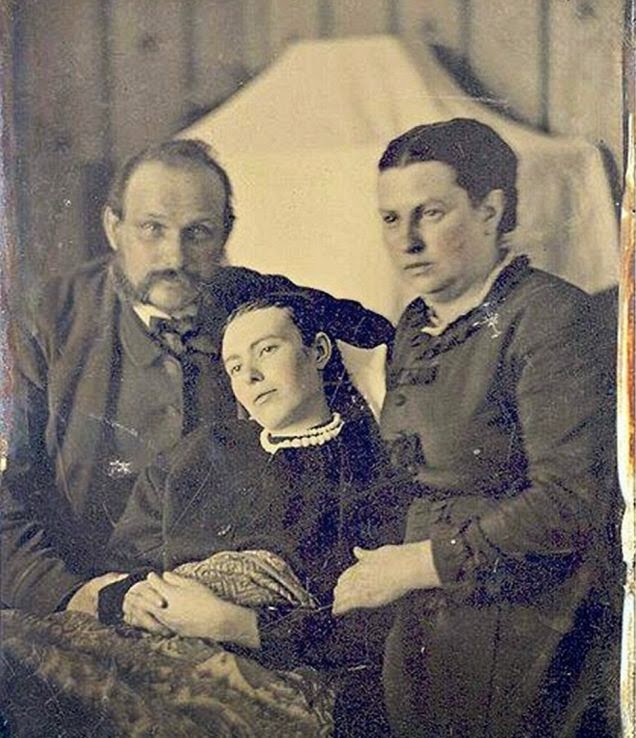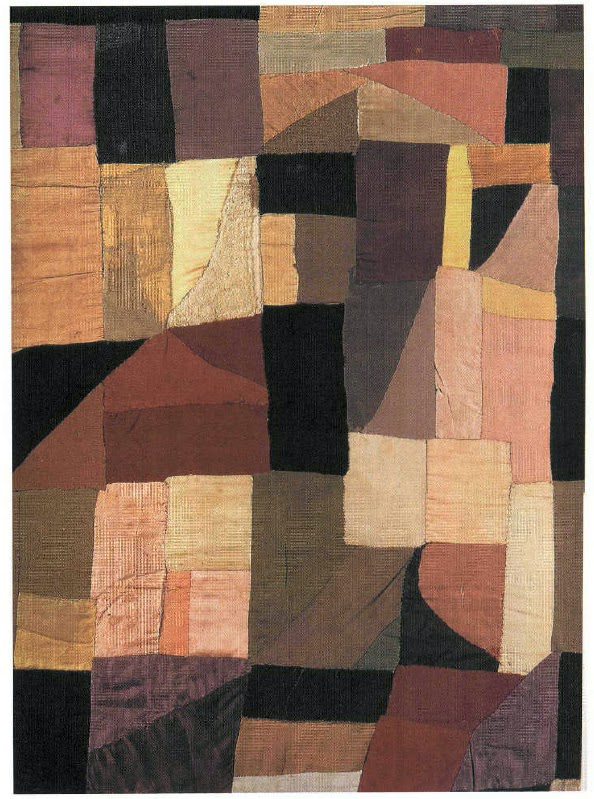That Holiday is coming up. I am often asked for gift ideas. Brushes are expensive, and most students limp by with rotten ones rather than spend the money on good brushes. A gift certificate to an art supply store would give the most flexibility, but some people don’t want that.
The brush department is where most painters stand and drool in an art store
Oil and acrylic plein air painters should limit themselves—in general—to long-handled hog bristle brushes. These carry paint most effectively. Shape is a personal preference, but a decent mixture of sizes and shapes gives the greatest flexibility.
Oils and Acrylics
In general, painters are better off with fewer good brushes than a lot of mediocre ones. Sizing is not standard across manufacturers, but a variety between #2 and #12 should suffice for most field work.
Here are the fundamentals:
Brights are stubby flat brushes, useful for short, aggressive strokes and heavy paint application.
Filberts are oval brushes. They carry more paint than a round but the pointed end allows for greater paint-carrying capacity. People who like to blend their edges often like filberts best.
Flats have been my go-to brush for many years. They can be used on edge for fine work, but used on the flat they carry lots of paint and create a bold style.
Rounds are good for details, lines, and fills. I generally carry a few smaller rounds in my kit, but many painters swear by them in all sizes.
Here are specialty brushes, for the painter who already has a basic kit:
Riggers: These are short-handled, pointed, long round brushes made of sable, and their main mission in life is painting boat rigging and other fine lines.
Fans: While you could use these to daub happy trees, they are really intended for blending. I have a couple in my studio kit, but I don’t carry them in the field.
 |
| The basic shapes |
Egbert or Double filberts are long, squishy brushes. I have three of these. They are easily damaged and shouldn’t be left to stand in a can of turpentine. They are especially good for figure work, and give a dancing, prancing line.
Spalters are big flat brushes with either long or short handles. I use them to underpaint my studio canvases and as dry blending brushes.
Watercolors
Watercolor painters have the choice between Taklon, squirrel and sable. The latter costs the earth but has the finest paint-carrying capacity.
The three basic shapes are:
Round: this is more pointed than an oil-color round and is suitable for most detail work. Sable takes a point better than synthetics, and this is a place where spending the money would be appropriate. A #10 for regular painters, and a #16 for big painters is a good place to start.
Flat wash: Most painters carry a few of these. I have a .5” and 1”, both of Taklon. These often have an angled end for scraping and burnishing.
Mop/oval wash:This is a big floppy brush useful for laying in large areas. It is usually made of squirrel hair, and is very absorbent.
Hake: Also a wash brush, but of Asian extraction. I find a mop more versatile, but it wouldn’t hurt to have one to play with.
Riggers: These are short-handled, pointed, long round brushes made of sable, and their main mission in life is painting boat rigging and other fine lines.
Script/Liner: A detail brush for outlining and long continuous strokes.
I will be teaching in Acadia National Park next August. Message me if you want information about the coming year’s classes or this workshop.






































